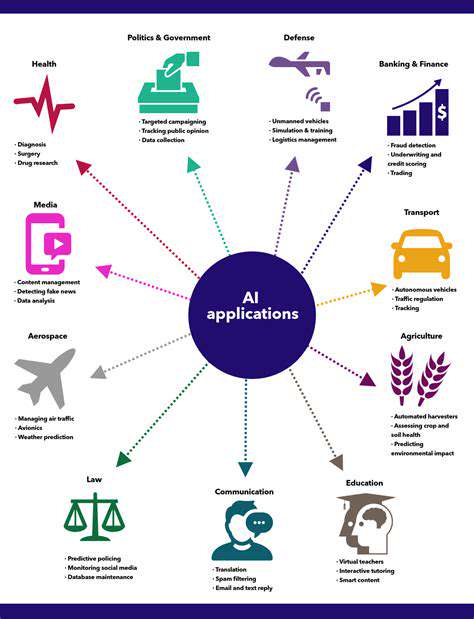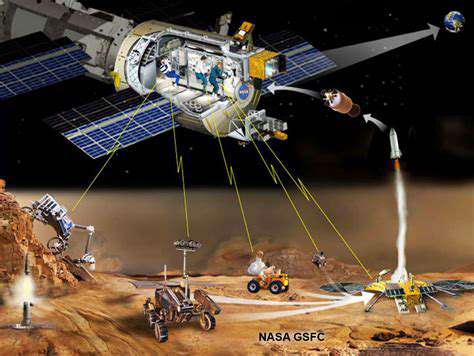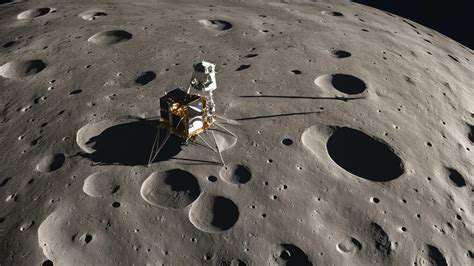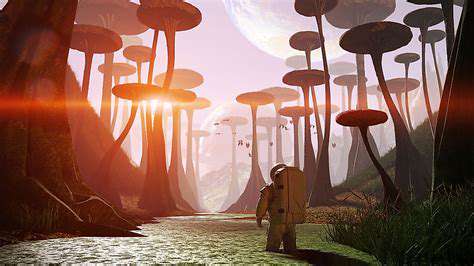Technological Advancement
The extreme lunar environment demands breakthrough solutions. Radiation shielding might incorporate water-filled walls or regolith-based composites. Energy systems must withstand 14-day nights - perhaps combining nuclear reactors with ultra-efficient solar arrays. Autonomous robots could construct habitats before human arrival, minimizing radiation exposure during setup.
Economic Opportunities
Beyond government programs, private sector interest is growing exponentially. Lunar regolith contains helium-3, potentially valuable for future fusion reactors. The Moon's low gravity makes it an ideal launch point for deep space missions, potentially creating a multi-billion dollar servicing industry. Space tourism could evolve from suborbital hops to week-long lunar excursions by 2040.
Addressing the Challenges of Isolation and Habitation
Psychological resilience will be as critical as physical survival. NASA's HERA program studies crew dynamics in simulated missions, revealing the importance of virtual windows and adjustable lighting cycles. Modular habitats will need sanctuary spaces for privacy alongside communal areas to prevent isolation. Emergency medical capabilities must handle everything from dental emergencies to trauma care without Earth's support.
International Collaboration and Partnerships
The Artemis Accords now include 28 nations cooperating on lunar exploration standards. Shared infrastructure - like a lunar GPS system or power grid - benefits all participants. Joint missions distribute risk while combining specialized expertise, such as Japan's precision landing technology paired with American life support systems.
Modular Design for Scalability and Flexibility
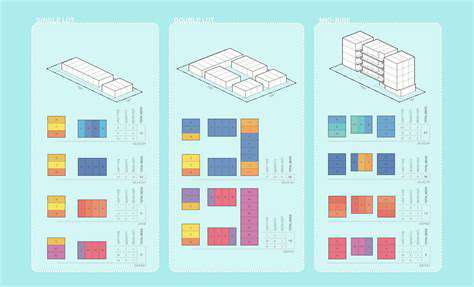
Modular Design Principles
The International Space Station demonstrates modularity's power - assembled piecemeal over 20 years with components from 15 nations. Modern lunar designs improve on this with standard docking interfaces allowing any compliant module to connect. This plug-and-play approach lets missions evolve without complete redesigns - a science lab can be added years after initial deployment.
Component Interoperability
The Lunar Terrain Vehicle program mandates common power/data ports so tools from different manufacturers work interchangeably. Standardized interfaces become the USB ports of lunar infrastructure, preventing vendor lock-in and spurring innovation.
Scalability Benefits
NASA's Gateway station will grow from a small habitation module to a full orbital outpost by adding elements as needed. This phased approach spreads costs over decades while providing immediate functionality. Commercial stations like Axiom Space prove this model works - their ISS module will later detach as an independent station.
Maintaining and Updating Modules
Modern spacecraft increasingly use COTS (commercial off-the-shelf) components with standard connectors. When a better computer emerges, astronauts can swap it like a laptop battery rather than rewiring entire systems.
Testing and Debugging
NASA's Vertical Motion Simulator tests individual lander components before integration. This modular validation catches 90% of issues before final assembly, saving millions in troubleshooting.
Design for Evolution
SpaceX's Starship demonstrates this perfectly - early prototypes lacked thermal protection, while current versions incorporate lessons from each test flight. This iterative approach turns failures into upgrades rather than showstoppers.
Advanced Technologies for Enhanced Functionality

Advanced Materials for Enhanced Durability
New meta-materials manipulate heat radiation, potentially solving the lunar dust problem. Self-cleaning surfaces inspired by lotus leaves could prevent abrasive dust from damaging equipment. Boeing's lightweight aluminum-lithium alloys now used in spacecraft may soon be supplemented by graphene composites offering twice the strength at half the weight.
Enhanced Energy Efficiency through Smart Systems
The Moon's two-week nights demand ultra-efficient power systems. NASA's Kilopower reactor produces 10 kW continuously - enough for several habitats. Dynamic power sharing between bases could create a resilient lunar microgrid, routing energy where needed most.
Improved Communication and Connectivity
Laser communications tested on Artemis 2 will enable 4K video from the Moon - a 100x improvement over radio. This Lunar LTE network could support telemedicine, remote science operations, and even civilian internet access.
Advanced Manufacturing for Increased Productivity
MIT's MOXIE experiment on Mars proves we can make oxygen from thin air - now imagine scaled-up versions processing lunar regolith. Autonomous 3D printers could build entire solar farms from local materials before humans arrive. Blue Origin's Blue Alchemist project already produces solar cells from simulated regolith.



